Echoes of the Deep: The Legacy of Orthoceras
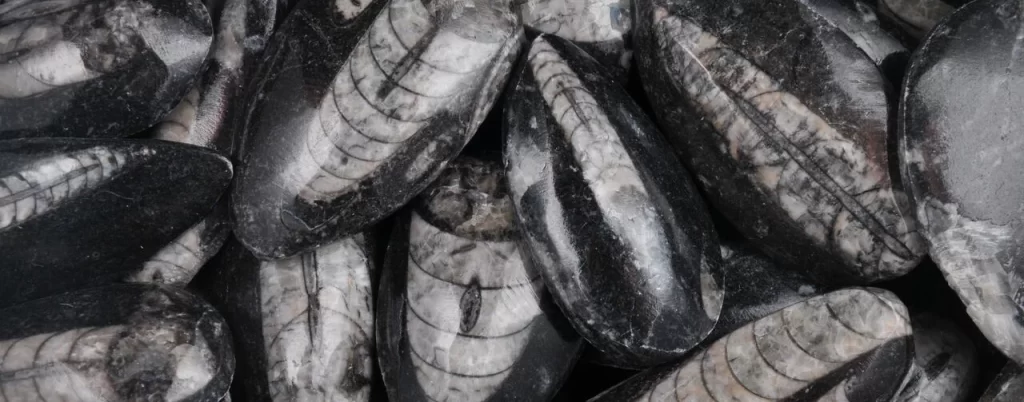
Orthoceras, meaning “straight horn,” is a genus of extinct cephalopods that lived approximately 400 to 450 million years ago during the Ordovician period. These ancient marine creatures were part of the nautiloid family and are known for their long, straight, cone-shaped shells. Today, these fossils are treasured not only for their beauty but also for the insight they provide into the ancient seas they once inhabited.
Discovery and Fossilization
Orthoceras fossils are found in various locations around the world, including Morocco, which is known for its rich fossil deposits. The fossils are often preserved in limestone and shale, where the remains of these ancient creatures were buried and fossilized over millions of years. The process of fossilization occurs when the soft tissues of an organism are replaced by minerals, creating a replica of the original organism in stone.
Orthoceras fossils continue to be the subject of scientific research and discovery. New fossils are being unearthed in locations around the world, shedding light on the evolutionary history of these ancient cephalopods. Advances in technology, such as CT scanning and 3D modeling, are allowing scientists to study Orthoceras fossils in new ways, revealing insights into their anatomy, behavior, and ecology.
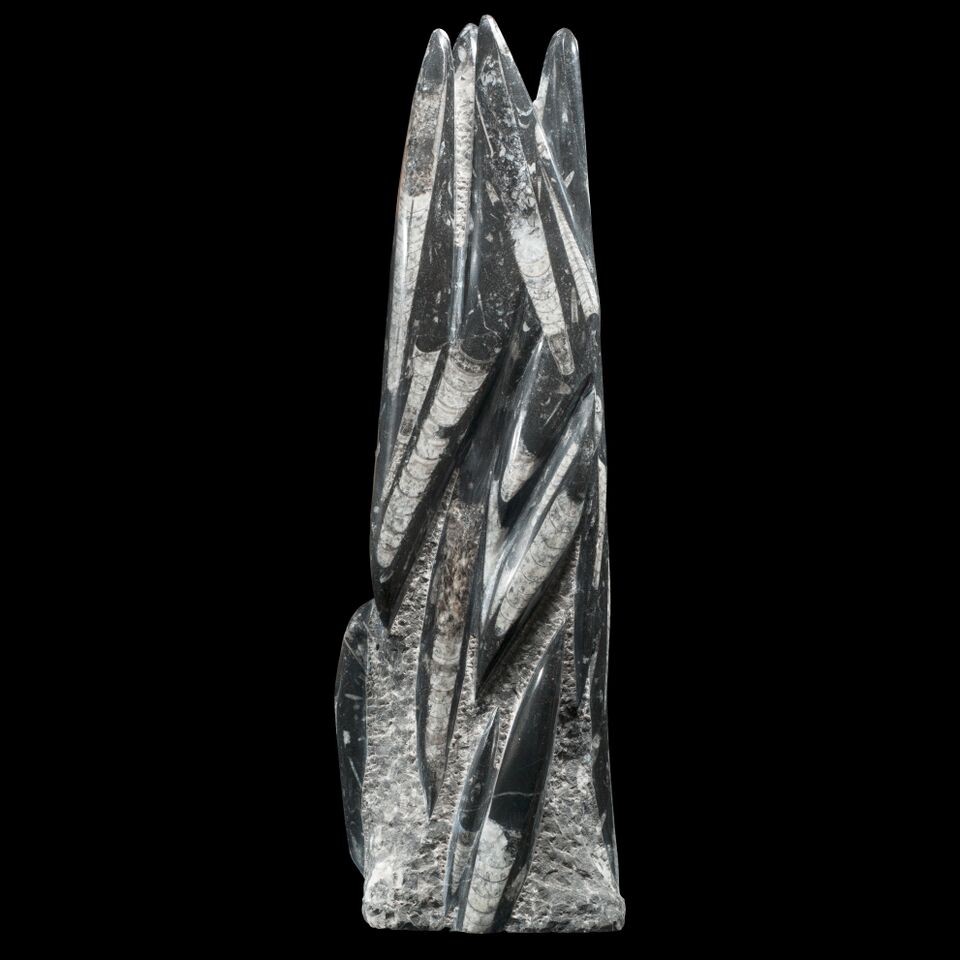
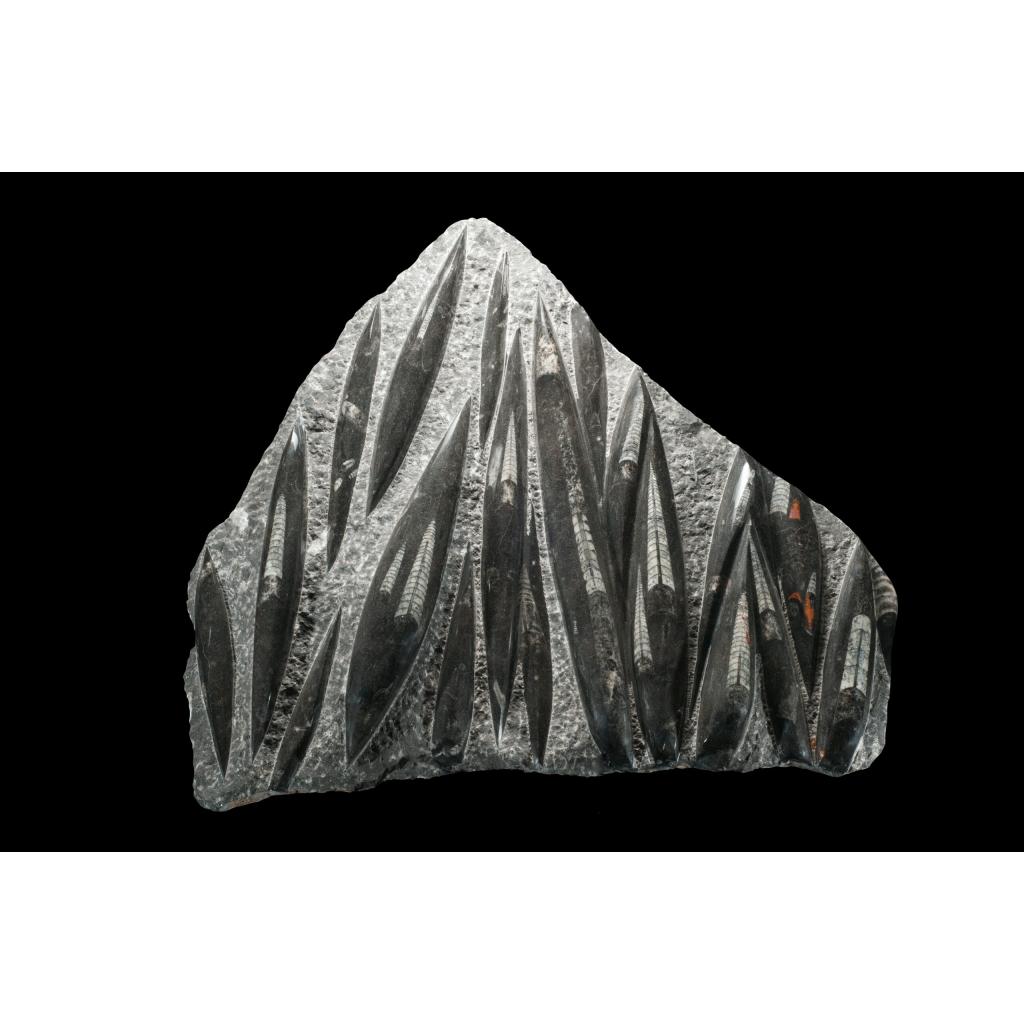
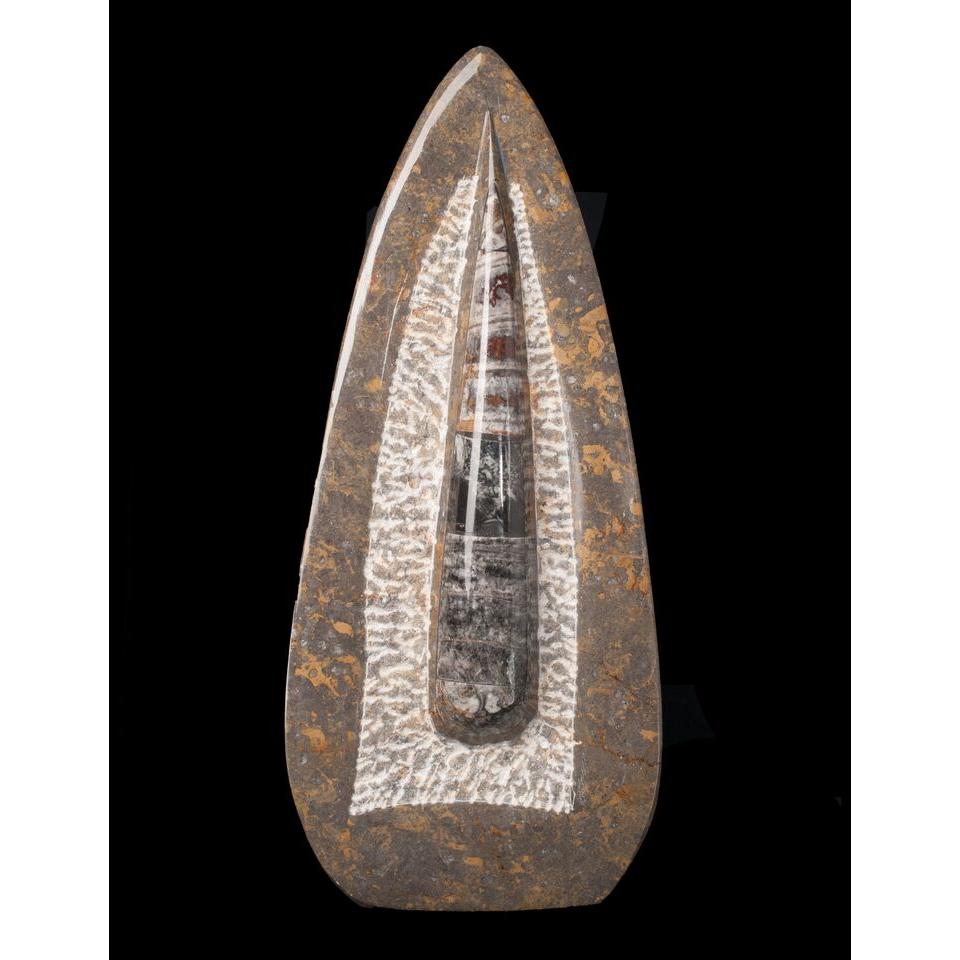
Physical Characteristics
One of the most striking features of Orthoceras is its long, straight shell, which could reach lengths of up to several feet. The shell is divided into chambers, with the animal living in the largest, or body chamber, and using the smaller chambers for buoyancy control. The shell is typically black, gray, or brown in color, with white, zigzagging suture lines where the chambers meet.
Habitat and Lifestyle
Orthoceras lived in the ancient seas that covered much of the earth during the Ordovician period. They were active predators, using their tentacles to capture prey and their jet propulsion to move through the water. Like modern cephalopods, Orthoceras likely had well-developed eyes and a keen sense of smell, allowing them to hunt effectively in the dimly lit waters of their time.
Importance in Evolutionary History
Orthoceras and other cephalopods play an important role in the evolutionary history of marine life. They are believed to be among the earliest forms of cephalopods and are thought to have given rise to more advanced groups, such as the ammonites and squid. Studying Orthoceras fossils helps scientists understand the evolutionary relationships between different groups of organisms and how they have evolved over time.
Fossil Sites
Aside from Morocco, Orthoceras fossils have been found in many other parts of the world, including the United States (such as in South Dakota), Canada, Sweden, and Russia. These fossils provide valuable information about the ancient environments in which these creatures lived and the conditions that prevailed during the Ordovician period.
Collecting and Appreciating Orthoceras Fossils
Orthoceras fossils are highly sought after by collectors and enthusiasts due to their beauty and historical significance. They are often polished to reveal the intricate details of the shell and the suture lines, making them popular as decorative pieces and in jewelry. Additionally, these fossils are used in educational settings to teach about ancient marine life and the process of fossilization.


Paleoenvironment
During the Ordovician period, the world was a very different place. The continents were arranged differently, with much of what is now North America covered by a shallow sea. This sea, known as the Iapetus Ocean, was home to a diverse array of marine life, including Orthoceras. The waters were warm and teeming with life, making it an ideal habitat for these ancient cephalopods. Studying Orthoceras fossils can help scientists reconstruct the paleoenvironment of the Ordovician seas and understand how marine ecosystems have changed over time.
Evolutionary Adaptations
Orthoceras had several adaptations that allowed them to thrive in their ancient environment. Their long, straight shells provided stability and buoyancy, allowing them to move through the water with ease. Their tentacles were equipped with suckers, which they used to capture prey and bring it to their mouth. Like modern cephalopods, Orthoceras likely had a closed circulatory system, with blood containing copper-based molecules that helped transport oxygen more efficiently in low-oxygen environments.
Predator-Prey Relationships
Orthoceras were likely active predators, preying on small fish and other marine organisms. They used their tentacles to capture prey and their beak-like mouthparts to crush and consume it. In turn, Orthoceras were also preyed upon by larger marine predators, such as fish and cephalopods. Fossil evidence suggests that predation was a driving force in the evolution of Orthoceras, leading to adaptations that helped them avoid being eaten.
Extinction
Despite their success in the ancient seas, Orthoceras, like many other marine organisms, eventually went extinct. The exact cause of their extinction is unclear, but it is thought to be related to changes in ocean chemistry and climate at the end of the Ordovician period. These changes, which included a drop in sea levels and a shift towards cooler, oxygen-rich waters, may have disrupted the delicate balance of the marine ecosystem, leading to the decline of Orthoceras and other species.
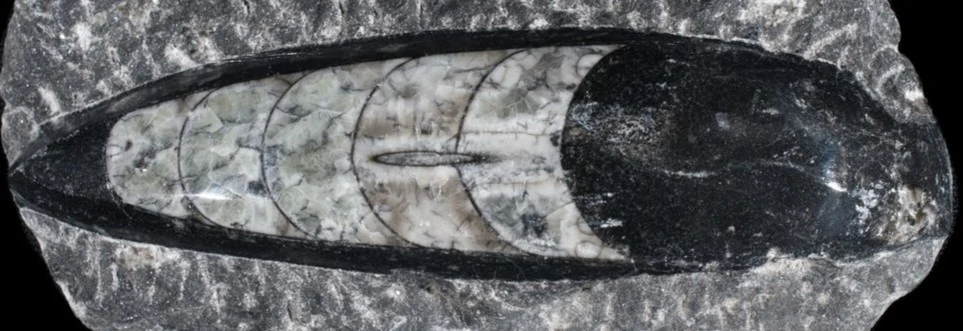
Despite their enduring nature, Orthoceras fossils face several threats to their survival. Illegal fossil collection, habitat destruction, and climate change are all putting pressure on fossil resources around the world. Conservation efforts are needed to protect these valuable fossils and ensure that they remain available for study and enjoyment by future generations.
Fossilization Process
The process of fossilization is a remarkable one that requires specific conditions to occur. When an Orthoceras dies, its shell sinks to the ocean floor and is buried by sediment. Over time, the shell is gradually replaced by minerals, such as silica or calcite, which preserve the structure of the shell in exquisite detail. The process can take millions of years and requires the right combination of pressure, temperature, and mineral-rich water to occur. As a result, the fossilization of Orthoceras is a rare and precious event that allows us to glimpse into the ancient past.
Orthoceras in Art and Culture
The distinctive shape and intricate patterns of Orthoceras fossils have long captivated artists and designers. Throughout history, these fossils have been used to create decorative objects, such as jewelry, sculptures, and ornamental pieces. In ancient times, Orthoceras fossils were believed to possess mystical properties and were often used as talismans or in spiritual rituals. Today, they continue to be prized for their aesthetic appeal and are popular among collectors and jewelry enthusiasts.
Scientific Significance
Orthoceras fossils are not just beautiful; they also hold important clues about the history of life on Earth. By studying these fossils, scientists can learn about the anatomy, behavior, and evolutionary relationships of these ancient cephalopods. Orthoceras fossils have been instrumental in understanding the evolution of cephalopods and their role in ancient marine ecosystems. They also provide valuable information about past environmental conditions and how they have changed over time.
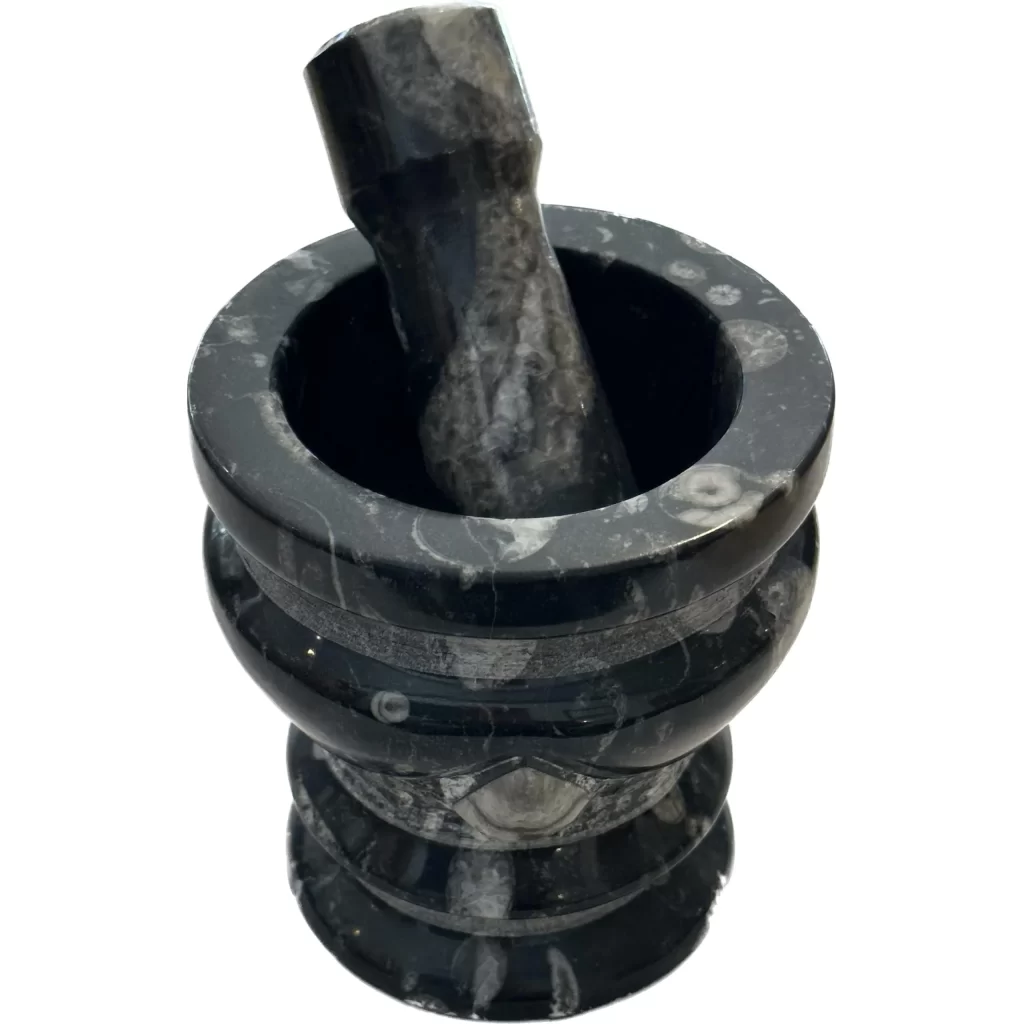
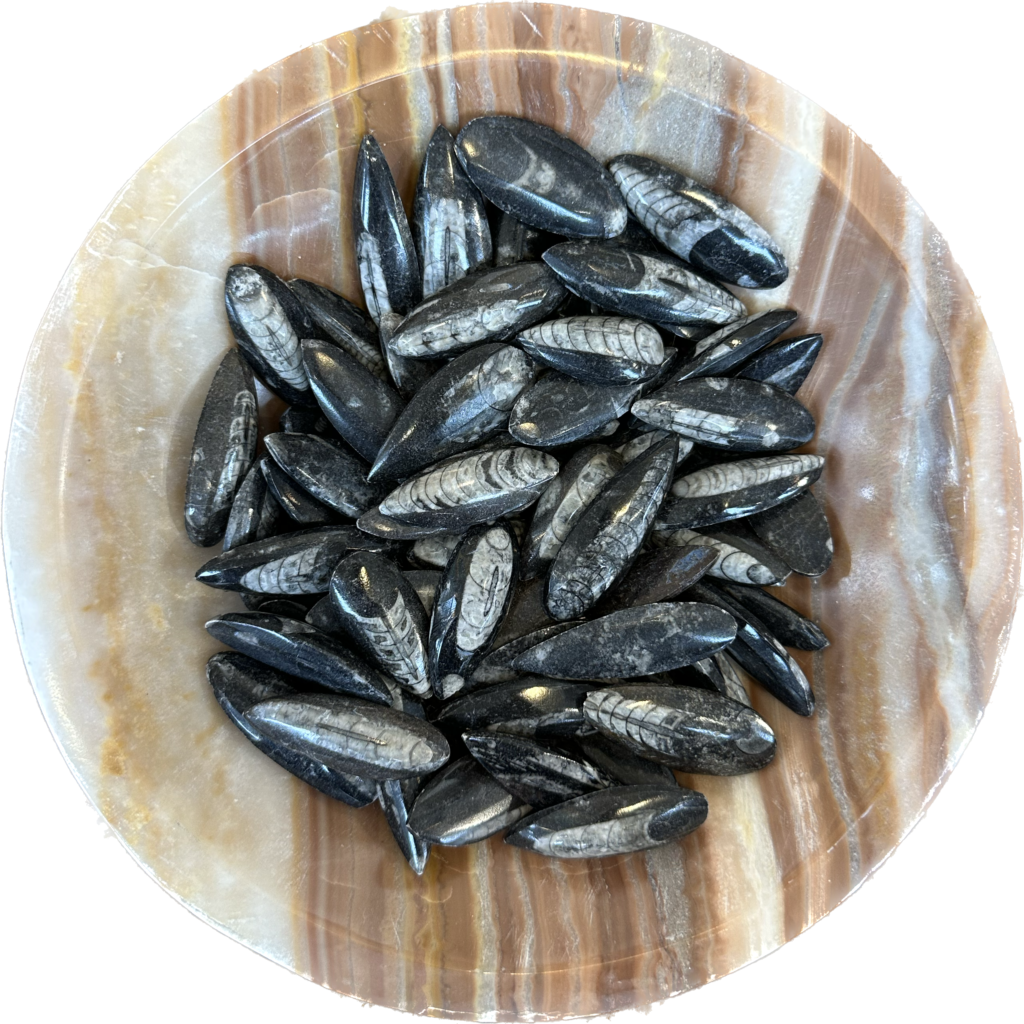
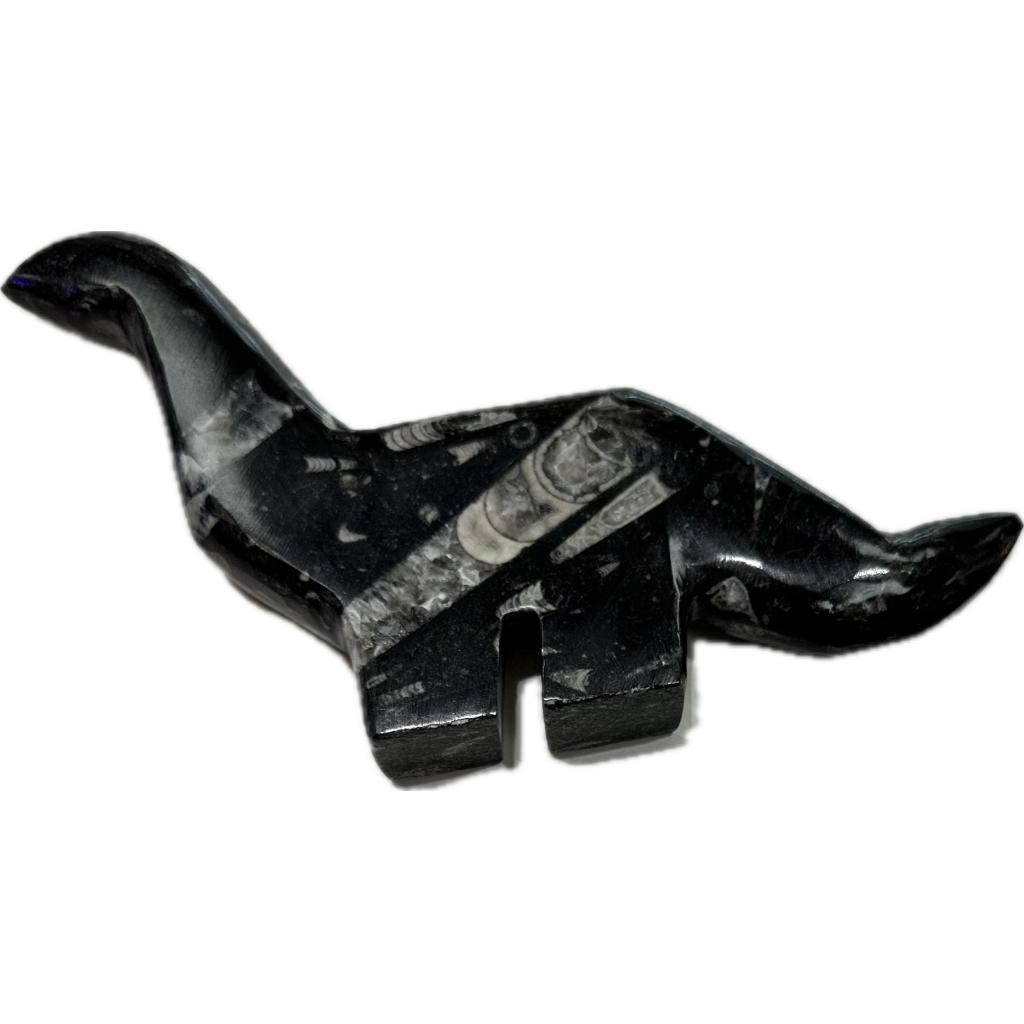
Preservation and Conservation
The preservation of Orthoceras fossils is important for both scientific and cultural reasons. These fossils provide a unique window into the past and help us understand the history of life on Earth. However, they are also vulnerable to damage and destruction. Illegal fossil collection, habitat destruction, and climate change are all threats to the preservation of Orthoceras fossils and other fossil resources. Conservation efforts are needed to protect these valuable fossils for future generations.
Educational Value
Orthoceras fossils are not only valuable for scientific research but also for education. They are often used in classrooms and museums to teach students about paleontology, evolution, and Earth’s history. Fossils such as Orthoceras can spark curiosity and fascination in learners of all ages, inspiring them to learn more about the natural world and the creatures that have inhabited it over millions of years.
Uses in Modern Industry
Beyond their cultural and scientific value, Orthoceras fossils also have practical applications in modern industry. The high-quality black marble-like stone produced from these fossils is used in the production of decorative objects, such as tabletops, tiles, and jewelry. The unique patterns and colors of Orthoceras fossils make them prized materials for use in interior design and architecture, adding a touch of natural history to modern spaces.
Inspiration for Art and Literature
Orthoceras fossils have inspired artists, writers, and poets for centuries. Their elegant shapes and intricate patterns have been featured in paintings, sculptures, and literature, capturing the imagination of people around the world. From ancient myths to modern works of art, Orthoceras fossils continue to fascinate and inspire creativity, bridging the gap between the ancient past and the present day.
